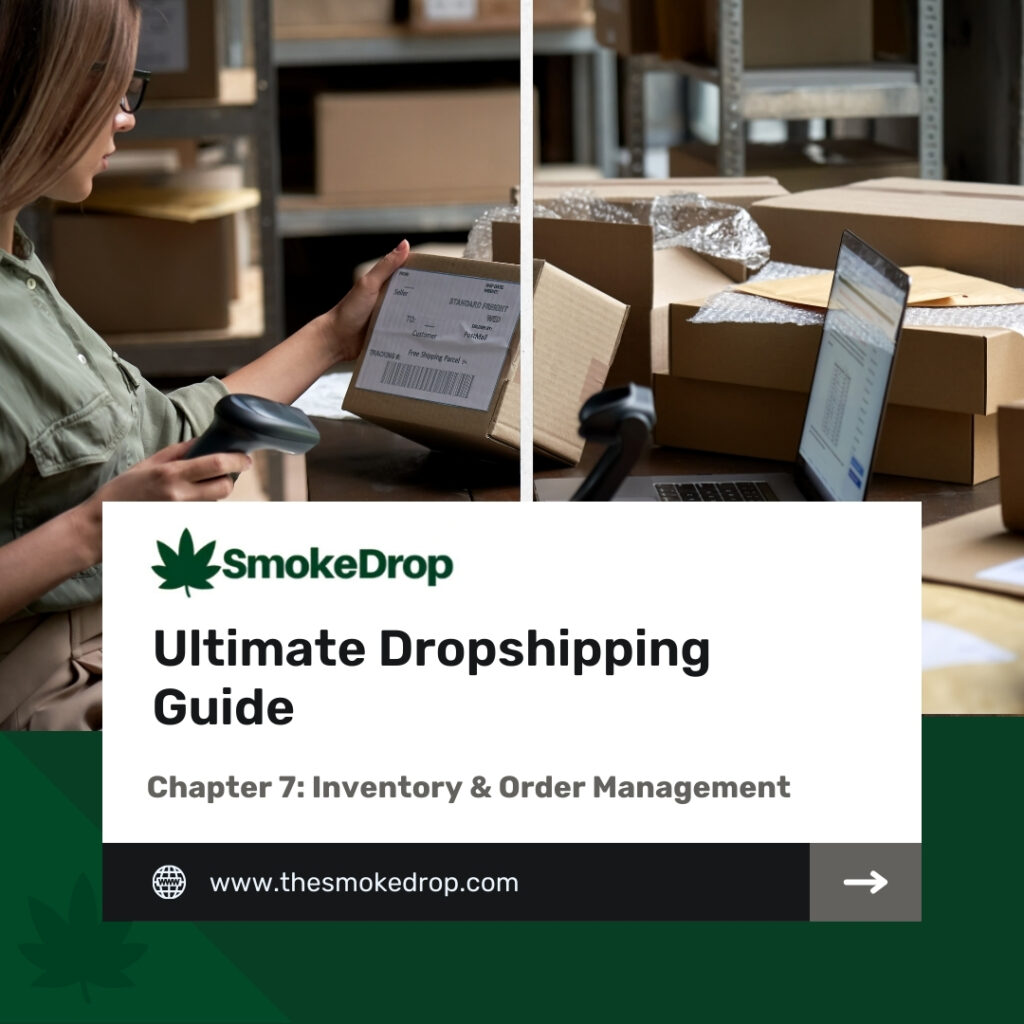
Dropship Inventory Management
This chapter zeroes in on the intricacies of order processing and comprehensive inventory management as outlined in this resource, “How to Build an Ecommerce Website.” To grasp the essence of “managing dropship inventory,” envision syncing your supplier’s inventory data seamlessly with your online store through a product data feed. This feed, often a spreadsheet in XML, CSV, TXT, or EDI format, furnishes vital product details necessary for a fruitful partnership with your dropship supplier.
In the initial setup phase with your supplier, request a product data feed containing essential details like product identifiers (SKU, MPN, or UPC), quantities, and costs. Clarify the frequency of data updates and the method of delivery, whether daily via email or more technologically advanced options like hourly updates via FTP or HTTP links. While a comprehensive data feed ideally includes product details such as titles, descriptions, categories, UPCs, and images, it’s not universally provided.
Dropship Order Processing
Upon receiving your first order, having already established a reseller account with your dropship supplier is imperative. The supplier should have furnished clear instructions on how they process orders from dropship resellers. Various models exist, including third-party purchasing, but for the purpose of this guide, we’ll explore the direct relationship model. In this scenario, your dropship supplier owns and warehouses the products, offering multiple common methods for order placement.
How Dropship Suppliers Accept Orders
Dropship suppliers employ diverse methods for order acceptance, catering to different preferences and technological infrastructures. Here are some common methods that dropship suppliers use to accept orders:
Email: Traditional yet effective, suppliers often accept orders submitted directly through email.
Email with Attachment: Some suppliers prefer a more structured approach, requiring orders to be submitted via email with a specific file format and necessary data attached.
Website or Dealer Portal: Many suppliers operate user-friendly online platforms or dedicated dealer portals where resellers can conveniently place orders.
API / EDI Integration: For tech-savvy resellers and suppliers, orders can be seamlessly transmitted through Application Programming Interfaces (APIs) or Electronic Data Interchange (EDI) systems.
Flat File or Spreadsheet on FTP Folder: Suppliers may opt for a structured file submission system, where resellers upload specific flat files or spreadsheets to a designated FTP folder.
Phone Orders: A more traditional approach involves placing orders directly over the phone, providing a human touch to the process.
Now that we’ve outlined the common methods for submitting orders to suppliers, let’s delve into the automation of this process for enhanced efficiency and seamless transactions.

Order Automation in Dropshipping
Automating Email Orders
Simplifying the order process is a key aspect of efficient dropshipping, and automating email orders is a fundamental step. Most major ecommerce platforms offer built-in features to automatically dispatch emails to your dropship suppliers upon receiving an order. Typically, this is done by associating a supplier and their email with each product. However, as your business expands with multiple sources, consider exploring order management solutions like Ordoro, Stitch Labs, or Bright Pearl. For special requirements, such as attachments in specific formats, tight integrations with suppliers through dropship automation solutions become invaluable.
Automating Orders via API / EDI
Sending orders through a supplier’s API is often a bespoke solution, requiring developers to understand and code according to the API specifications. Ongoing management and maintenance are crucial to prevent disruptions or misrouting of orders. Hiring a developer or finding pre-built solutions tailored to the supplier’s API are the primary avenues.
Automating Orders via FTP
Similar to API integration, automating orders via FTP involves tech-savvy approaches, usually requiring a retailer or developer to send files to an FTP folder. The evolving ecommerce marketplace offers apps that might offer solutions to this challenge.
Automating Orders on the Supplier Website or Portal
Automation on the supplier’s website or portal is generally challenging and not recommended. Custom scraping software might be an option, but its reliability is questionable and susceptible to disruptions with any changes to the supplier’s website.
Automating Orders Over the Phone
While unconventional, hiring a virtual assistant to manage order notifications and make phone calls to suppliers is a creative solution. Alternative ideas are always welcome at The Smoke Drop as the community thrives on sharing innovative approaches to order automation in the dynamic dropshipping landscape.
